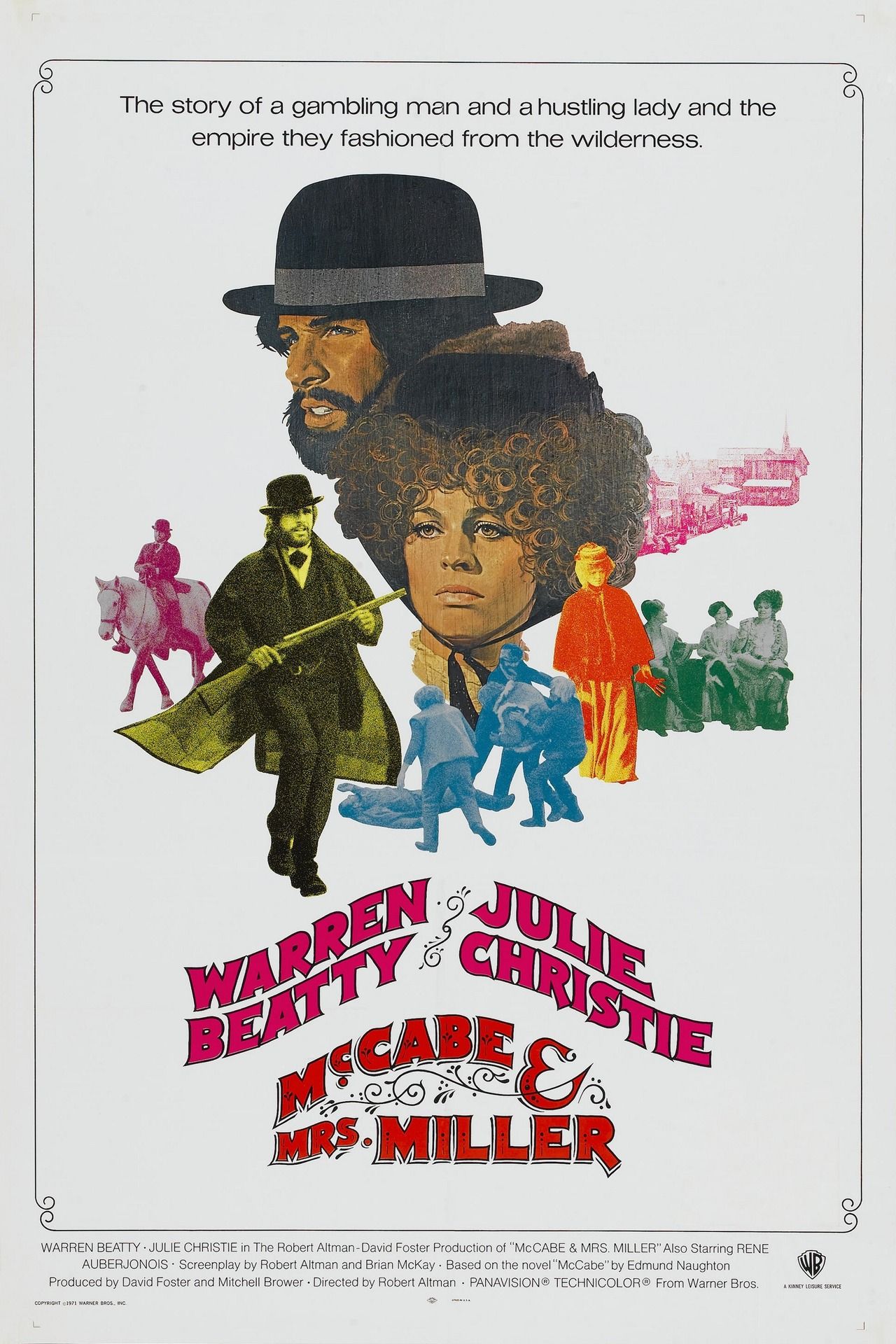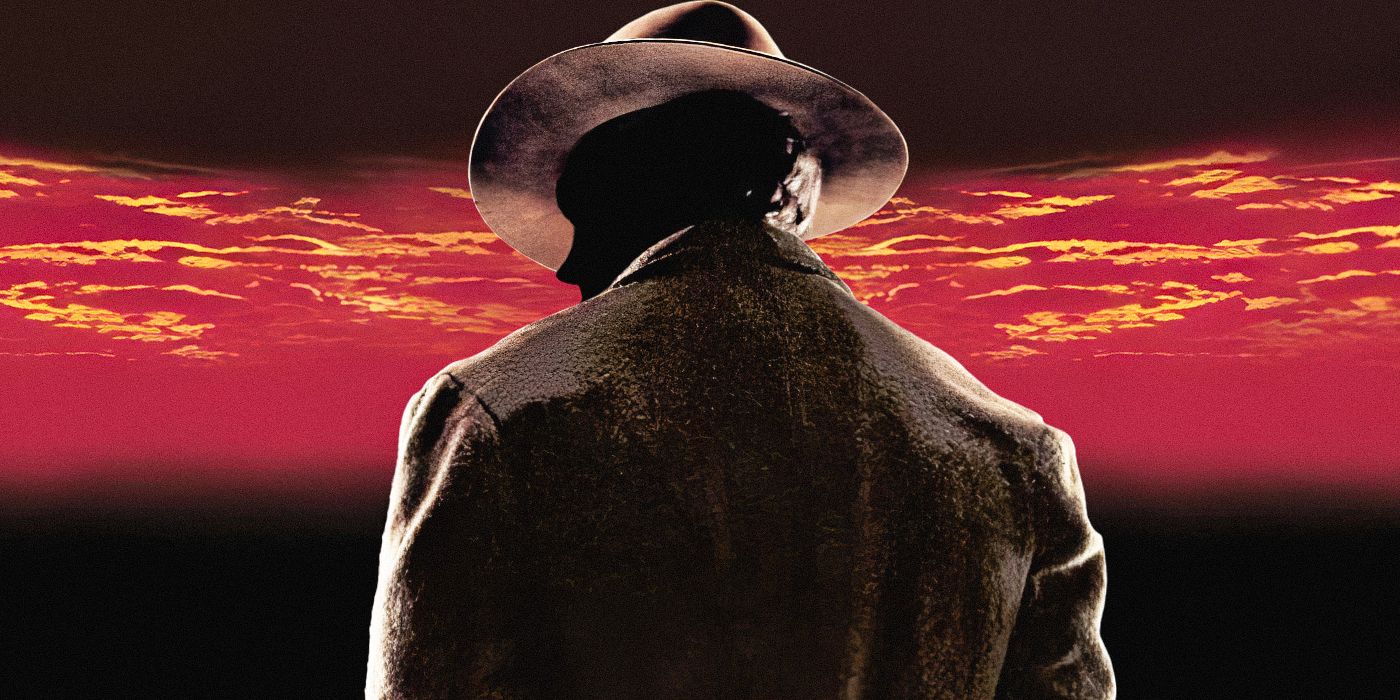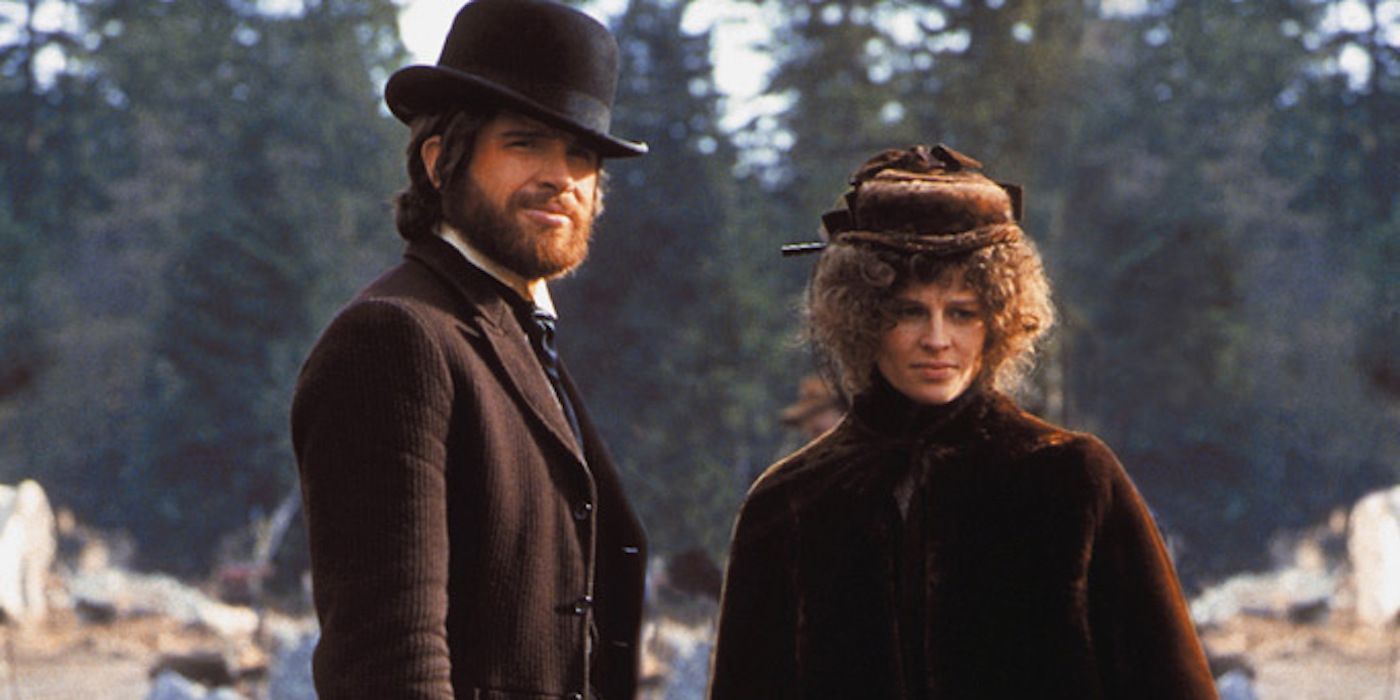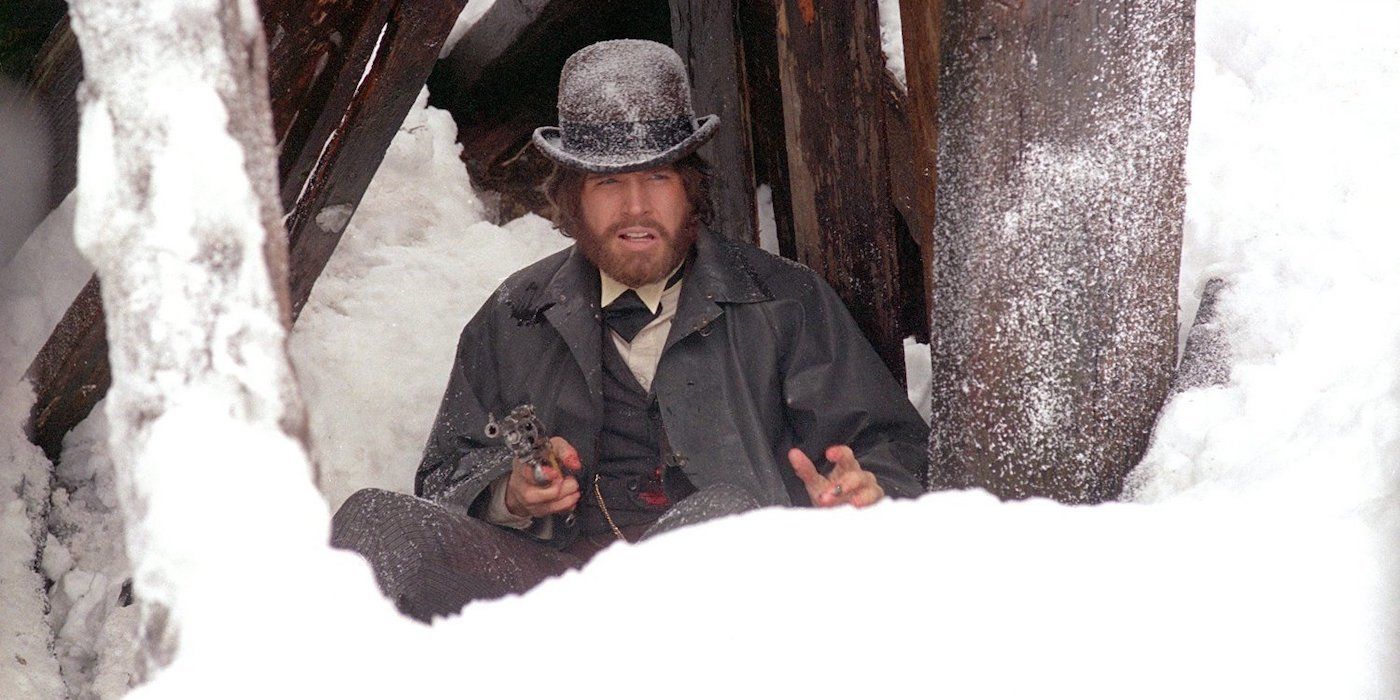The Big Picture
- Robert Altman's McCabe & Mrs. Miller offers a realistic and unflinching portrayal of Western life in the early 20th century.
- The film challenges gender roles in the Western genre, featuring a cowardly, non-imposing protagonist and a savvy, business-minded female character.
- The climax of the film eschews traditional heroic tropes, instead presenting a chaotic and vulnerable showdown that ultimately leads to the protagonist's demise.
Ever since its first rise in popularity, the American Western genre has been dominated by action-adventure films that tend to feature dominant, hyper-masculine heroes who use a fair amount of gunplay to get the job done. Movie stars like Clint Eastwood, John Wayne, James Stewart, Gary Cooper, Yul Brynner, and Franco Nero forged their legacies by playing these triumphant outlaws, sheriffs, bounty hunters, and heroes. While there was definitely an evolution to their Westerns that resulted in more reflective films like The Man Who Shot Liberty Valance and Unforgiven, even they retained elements of the same basic story structure. However, Robert Altman took a more grounded, unsentimental approach with his 1971 Western McCabe & Mrs. Miller. In an era when Hollywood was turning to younger directors to reinvent genres, Altman created what is arguably the greatest Western of all time.

McCabe & Mrs. Miller
A gambler and a prostitute become business partners in a remote Old West mining town, and their enterprise thrives until a large corporation arrives on the scene.
- Release Date
- July 8, 1971
- Director
- Robert Altman
- Cast
- Warren Beatty , Julie Christie , Rene Auberjonois , William Devane
- Runtime
- 120 minutes
- Writers
- Edmund Naughton , Robert Altman , Brian McKay , Robert Towne , Joseph Calvelli
What Is 'McCabe & Mrs. Miller' About?
McCabe & Mrs. Miller has more in common with the great social dramas of the 1940s than anything Wayne or Eastwood ever made. Altman was among the “New Hollywood” generation of directors like Martin Scorsese, Steven Spielberg, George Lucas, Brian De Palma, and Francis Ford Coppola, who built their success on subverting clichés. McCabe & Mrs. Miller follows the slick gambler John McCabe (Warren Beatty) as he opens a brothel in a run-down mining community. When the crafty prostitute Constance Miller (Julie Christie) realizes that McCabe isn’t quite as intelligent as he makes himself out to be, she decides to become his cohort in the business as their town feels financial pressure from a larger company that threatens to dominate its future.
McCabe & Mrs. Miller is a bleak, unflinching look at Western life in the first decade of the 20th century that explores the terrible conditions that many workers had to endure. Nothing about the film is sanitized in any way, as any gorgeous skylines or sweeping shots of ranchers riding horses are completely absent. Altman has a history of going against the grain, as he’s challenged audience expectations for a costume drama (Gosford Park), a gambling thriller (California Split), a mystery noir (The Long Goodbye), and an inspirational music drama (Nashville). However, McCabe & Mrs. Miller is arguably his most shocking reassessment. Presenting a realistic approach to what life may have actually looked like in the “Wild West” proved to be the reminder that audiences needed that the conceptions they had of this era were based upon an idealized vision of history that was never that pretty.
Robert Altman Takes a Realistic Approach to Westerns in 'McCabe & Mrs. Miller'
Robert Altman presents small-town life in a very bleak way in McCabe & Mrs. Miller. McCabe initially thinks that the mining community is an easy target for his schemes because the residents seem lethargic and dull, but he slowly realizes that their low energy is due to the grueling conditions that they’re working under. In the days when communication with the larger country and even other border towns was not easy, there was no paradise in isolation. McCabe doesn’t realize until his schemes are already in place that the town is severely lacking in resources. They’re out in the middle of nowhere, and their only option to become more connected is to succumb to the Harrison Shaughnessy Mining Company.
It’s interesting to see McCabe’s impact on the community and how the film differs from other Westerns of the same era. Consider how in 1973’s High Plains Drifter, Eastwood’s “Stranger” immediately wows the town with his aptitude for violence and cold-hearted personality. Comparatively, McCabe is simply a minor annoyance that they’re willing to tolerate in order to hear news of life outside their borders; it could all be hyperbole on McCabe’s part, but at least it gives them a taste of something that’s not mining and grueling labor. It doesn’t take Miller very long to realize that McCabe is telling tall tales and that this could easily be used to her advantage.
'McCabe & Mrs. Miller' Challenges Gender Roles in Westerns
McCabe & Mrs. Miller is certainly a major step forward in challenging gender roles in Westerns. McCabe is a charismatic swindler, but he’s a complete coward whose physical stature isn’t imposing in the slightest. Miller is an experienced business operator in the community based on her line of work, but she sees an opportunity in their potential partnership. McCabe may be arrogant, but he’s not a complete fool, and they find a mutual way to spark some life into their town by starting a shared business. While their interest in each other turns from professional to romantic rather quickly, Miller amusingly still charges McCabe for their services.

This Epic '90s Western Featured the Genre's Best Villain
It took Clint Eastwood to deal with a bad guy this cruel.McCabe & Mrs. Miller would still be a major inversion of the genre if the story simply ended there, but Altman was attuned to how quickly a venture like this would collapse. After McCabe offers to buy out his business from the Harrison Shaughnessy Mining Company, the domineering corporation sends the bounty hunters Butler (Hugh Millais), Breed (Jace Van Der Veen), and Kid (Manfred Schulz) to kill him. They arrive to quickly dispel any notions that the community may have had about McCabe’s reputation based on his fanciful stories; McCabe has never killed anyone before in his life. Whether it's a case of arrogance, love for Miller, or a desperate attempt to cling on to the only thing he’s ever built, McCabe decides to face off against the bounty hunters in combat.
What Happens at the End of 'McCabe & Mrs. Miller'?
The snowy terrain and grim atmosphere create a turbulent setting for the climax of McCabe & Mrs. Miller. Rather than proudly stand and defend his honor like John Wayne would have, McCabe is immediately faced with the foresight that he’s outmatched. The final shootout is a chaotic series of chases and misdirects, with McCabe only barely landing killing shots on Breed and Kid by cowering in the background. He gets no support from the community that he’s helped build, as they’re trying to contain a fire that has emerged in the chapel. McCabe is given no hero’s demise, and Beatty plays out his final moments with a vulnerability that’s rarely seen in male movie stars. He dies pathetic, lying in the snow as he reflects upon all the opportunities that he’s missed.
McCabe & Mrs. Miller proved that Westerns could be dramas, romances, tragedies, and historical reenactments, indicating that the genre had a place to grow. It doesn’t mean that audiences can’t still enjoy The Good, The Bad, and The Ugly and the epic rendition of the outlaw myth, but it’s important to remember that more energetic films shouldn’t be mistaken for reality. McCabe & Mrs. Miller took on the hard task of presenting the Old West in a realistic light, and it ended up becoming one of the best Westerns ever made.
McCabe & Mrs. Miller is available to rent on Prime Video in the U.S.



